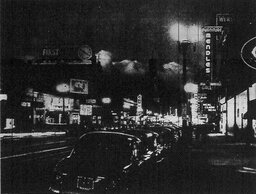The Korean War, the Red Scare and the threat of nuclear holocaust dominated the headlines in September 1950...and then the sky went dark.
The Afternoon the Sun Disappeared over Western New York
The full content is available in the Spring 2011 Issue, or online with the purchase of:
If you have already purchased the product above, you can Sign In to access it.
Related Content









